The term “lesbian” might feel modern, but the real ones know that women loving
women has been a thing since, well, forever. Long before anyone had the words for it,
women across cultures were forming bonds that were deep, passionate, and
sometimes lasted a lifetime. Some societies were low-key about it, while others kept it
on the DL. But one thing’s for sure: female same-sex love was always there, showing up
in poetry, myths, and just regular life.
Let’s take a little trip through time and see how these ancient cultures handled female
same-sex love before they had the language to define it. It’s giving “history major but
make it fun.”Ancient Greece: Sappho and the Isle of Lesbos
Ancient Greece: Sappho and the Isle of Lesbos
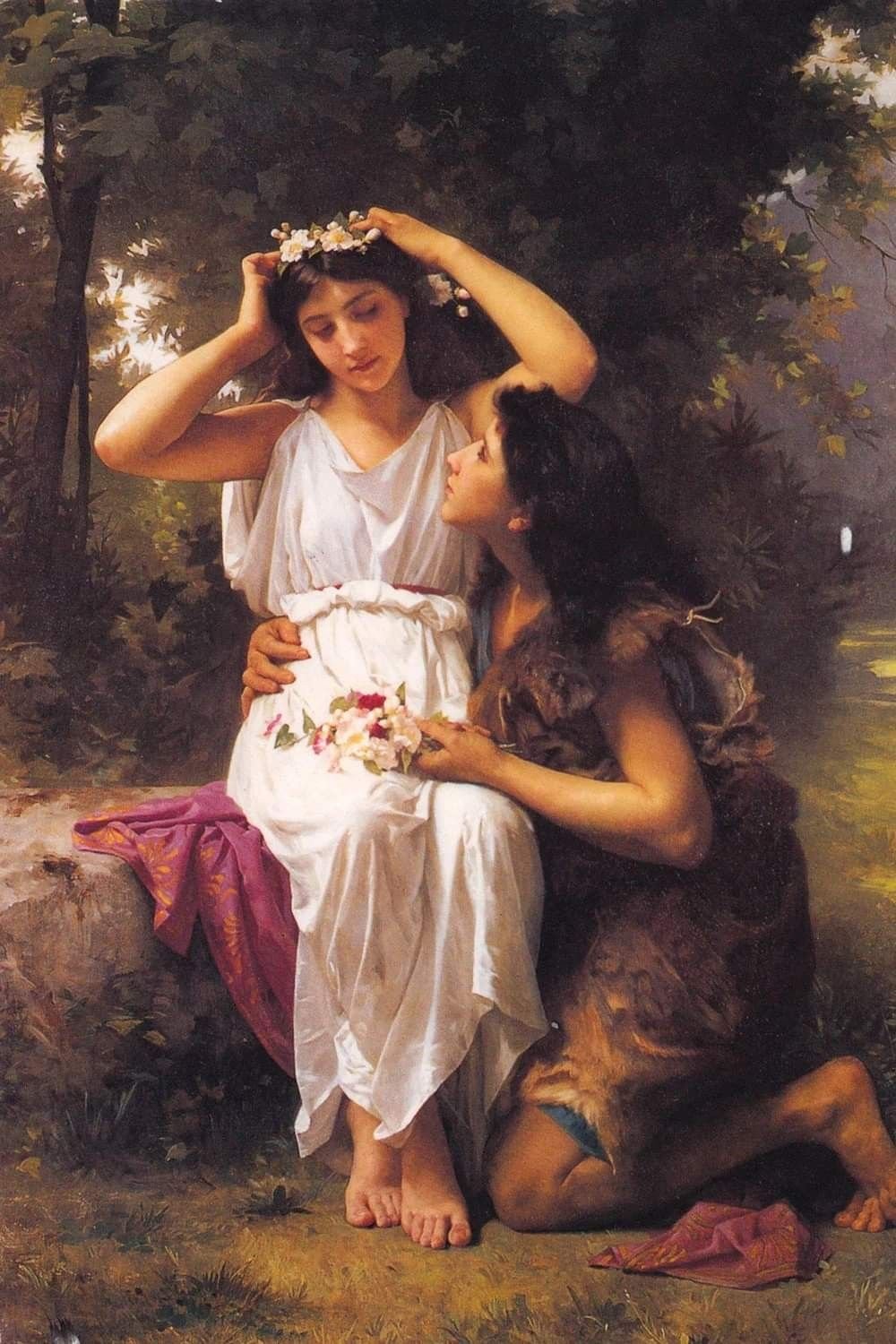
We’ve all heard of Sappho the OG queer icon from the island of Lesbos (around 630-570 BCE). Her poetry is full of a kind of longing and admiration for women that just hits different. Her verses are so full of passion and tenderness, they basically made her the patron saint of female same-sex love. While male relationships in Greece were often a whole “mentor-protégé” situation, women’s bonds were less rigid, which is why they’re harder to find in the history books. Still, Sappho’s poetry proves these connections were very real and deeply felt.
Rome: Silence and Treatment
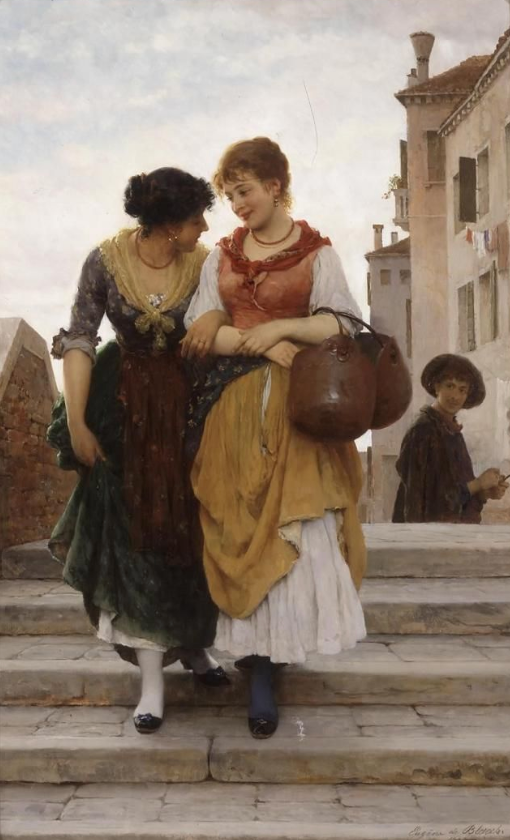
The Romans were not giving when it came to female same-sex love. Unlike the Greeks,
who at least had Sappho, the Romans were mostly silent or, worse, super shady about
it. Male same-sex relationships were a whole thing in their records, but women loving
women? Barely a whisper, unless it was in a diss track by poets like Martial or Ovid. It
was a whole “if we don’t talk about it, it doesn’t exist” vibe. But even with all the shade,
glimpses of female desire still pop up in their art and writing, a subtle reminder that
these relationships were still happening, no matter what society said.China: The Golden Orchid Societies said.
China: The Golden Orchid Squads
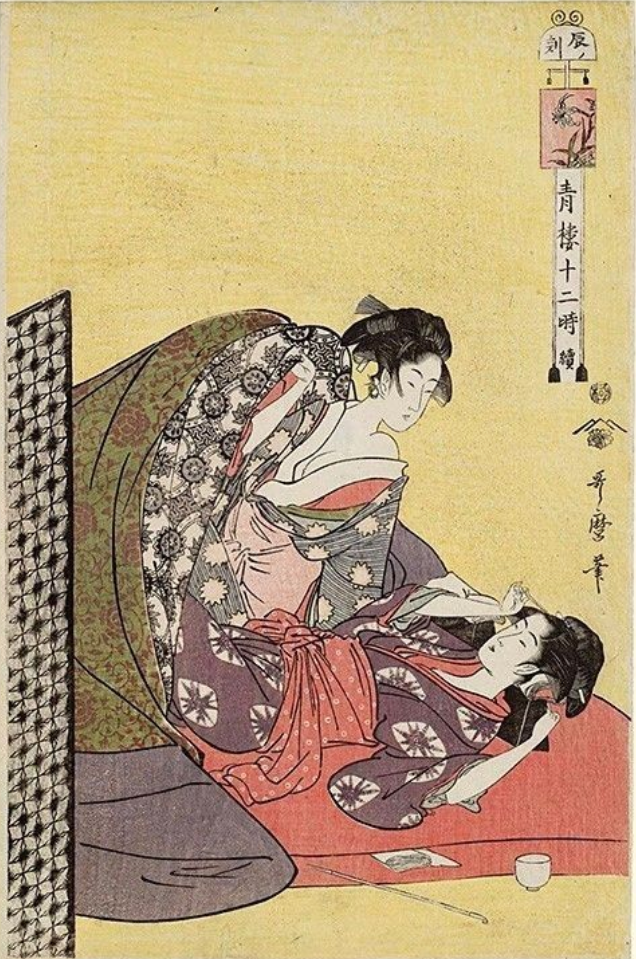
In Imperial China, the pressure to get married and have a fam was intense. But some women said “bet” and created their own paths. The Golden Orchid Societies during the Qing Dynasty (1644–1912) were basically sisterhoods where women would reject marriage to men and form these super intense, often romantic, bonds with each other. It was a whole support system that let them live and love on their own terms, totally outside the patriarchy. Chinese literature and poetry also had subtle references to female love, but they were often in metaphors, showing that these relationships were a thing, but you had to be low-key about it.
Japan: Hidden Desires and Sacred Bonds
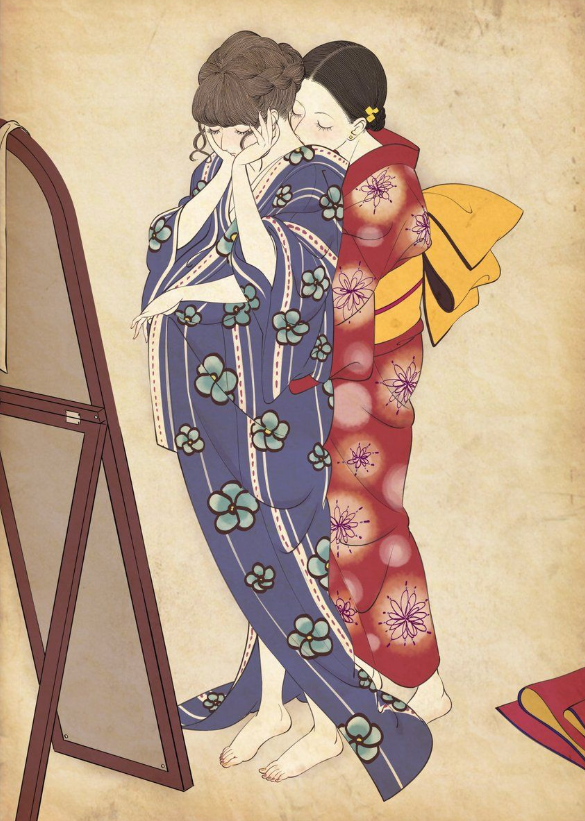
While male relationships were pretty out in the open in samurai culture, female love was more elusive. But if you know, you know: Buddhist convents were basically a safe space where women could form deep, romantic bonds. Historical records and Edo-period literature drop hints about female lovers, even if they weren’t as publicly celebrated as their male counterparts.
India: Love in Myth and Reality
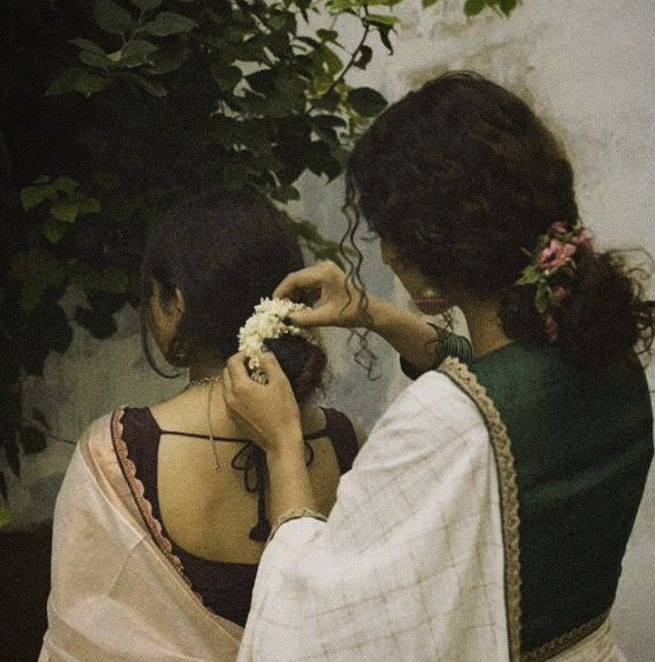
Ancient Indian texts were not shy about love and gender fluidity. The Kamasutra isn’t afraid to mention women having same-sex acts. Even in Hindu mythology, you have figures like Mohini, the female form of Vishnu, who gets with both men and women, showing a much more chill perspective on love and identity. Temple carvings and old poetry prove that female same-sex desire was both a known and accepted thing in pre-colonial India. It wasn’t until colonial rule showed up that things got more rigid.
The Middle East: Poetry and Secret Garden
In the Islamic Golden Age, female-female love found its way into poetry, but it was often a “read between the lines” situation. Arabic and Persian lit has verses from women expressing longing and admiration for other women. While male same-sex relationships were more documented, these poems are proof that female love was definitely part of
the culture’s consciousness.
Africa: Woman-Woman Marriages and Warrior GFs
A bunch of African cultures were ahead of the curve when it came to gender and
sexuality. In Nigeria and Kenya, “woman-woman marriages” were a totally normal thing.
These weren’t always sexual, but they let women build households together and raise families, creating their own power structures. And let’s not forget the Agojie the
legendary female warriors of the Dahomey Kingdom. Oral history suggests their bonds
went way beyond just being a team; it’s giving deep, possibly romantic connections.
The Americas: Two-Spirit Traditions and Chosen Families
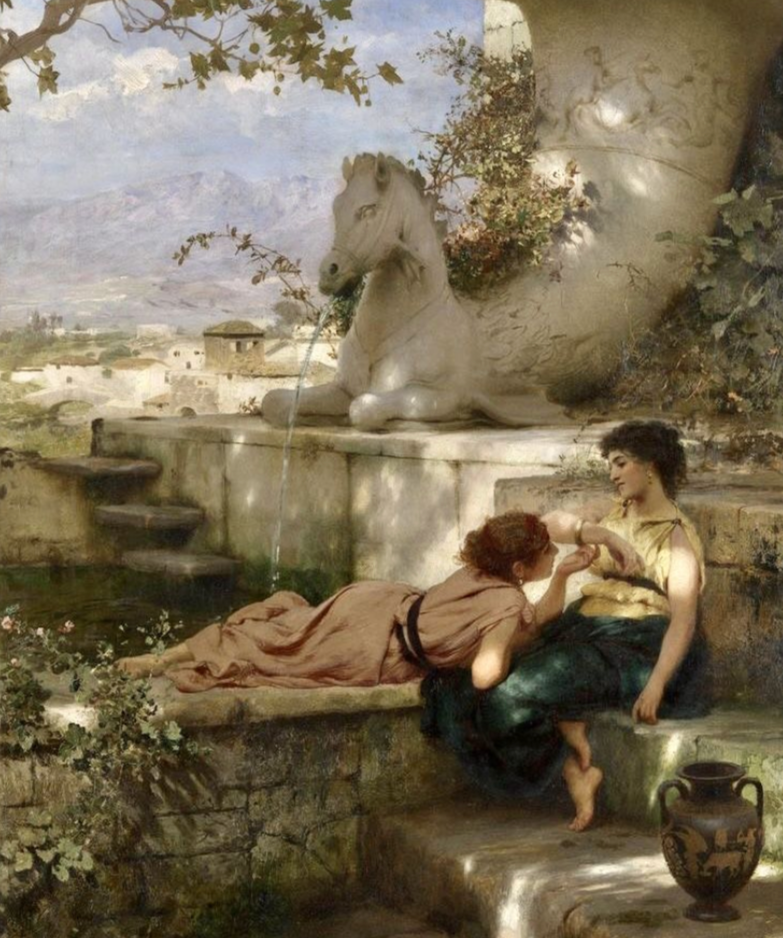
Many Indigenous cultures in North and South America recognized Two-Spirit individuals people who embodied both masculine and feminine spirits. These identities often included same-sex relationships, showing a much more fluid
understanding of love and gender than the rigid European norms that came later. In Mexico, accounts suggest Zapotec women formed lifelong partnerships. Now, Indigenous groups are bringing these histories back, making sure their traditions of diverse love are not forgotten.
Europe’s Forgotten Women: Nuns, Nobles, and Platonic GF-ing
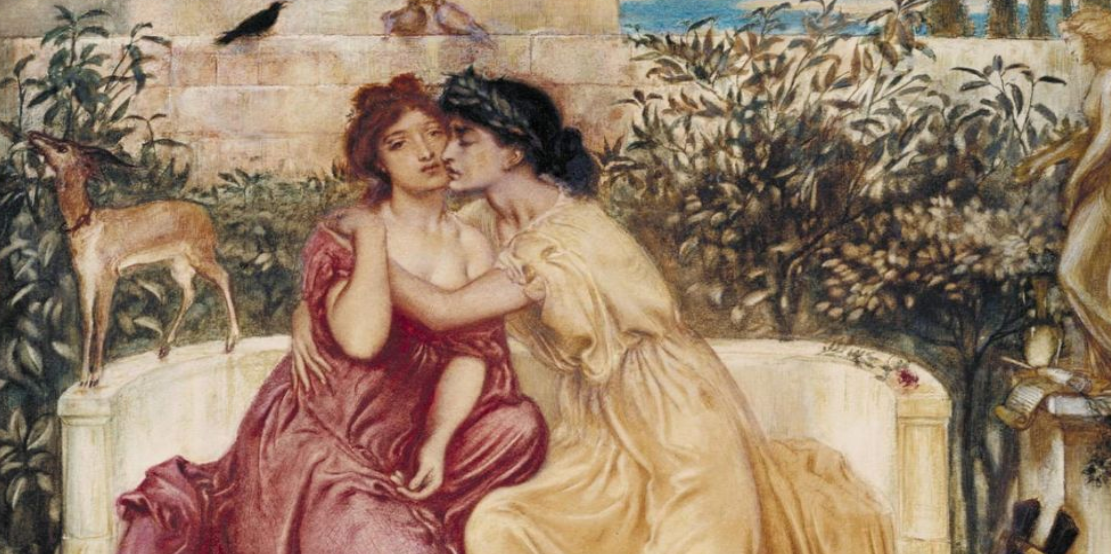
In medieval Europe, convents were basically the ultimate safe space for women to form
deep, sometimes romantic relationships. Letters between nuns are full of intense love
declarations, and the Church was mostly like, “it’s fine, whatever,” as long as it didn’t mess with religious duties. Then in the 18th and 19th centuries, we got “romantic friendships” super emotional relationships between women that were basically indistinguishable from modern same-sex love. Society just called it “platonic” and looked the other way, which let women express deep affection without a fuss.
A Love That Just Doesn’t Quit
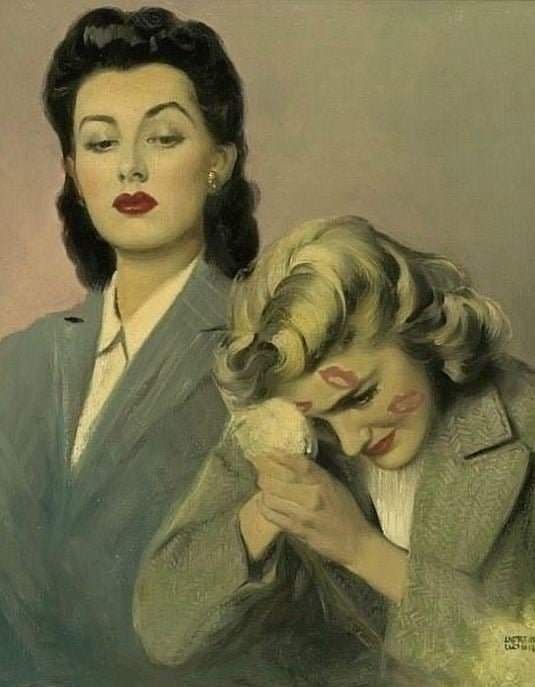
At the end of the day, female same-sex love has always been here, just in different
fonts. Some societies were here for it, some ignored it, and some tried to cancel it, but
it always came back. These histories are a major reminder that queerness isn’t a
modern trend it’s been a core part of the human experience forever.
Today, as the LGBTQ+ community reclaims its past, those ancient love stories are a whole mood. While we have new words to define our identities, the core feeling of love is the same it’s timeless, language free, and doesn’t care about societal rules. It just is.



